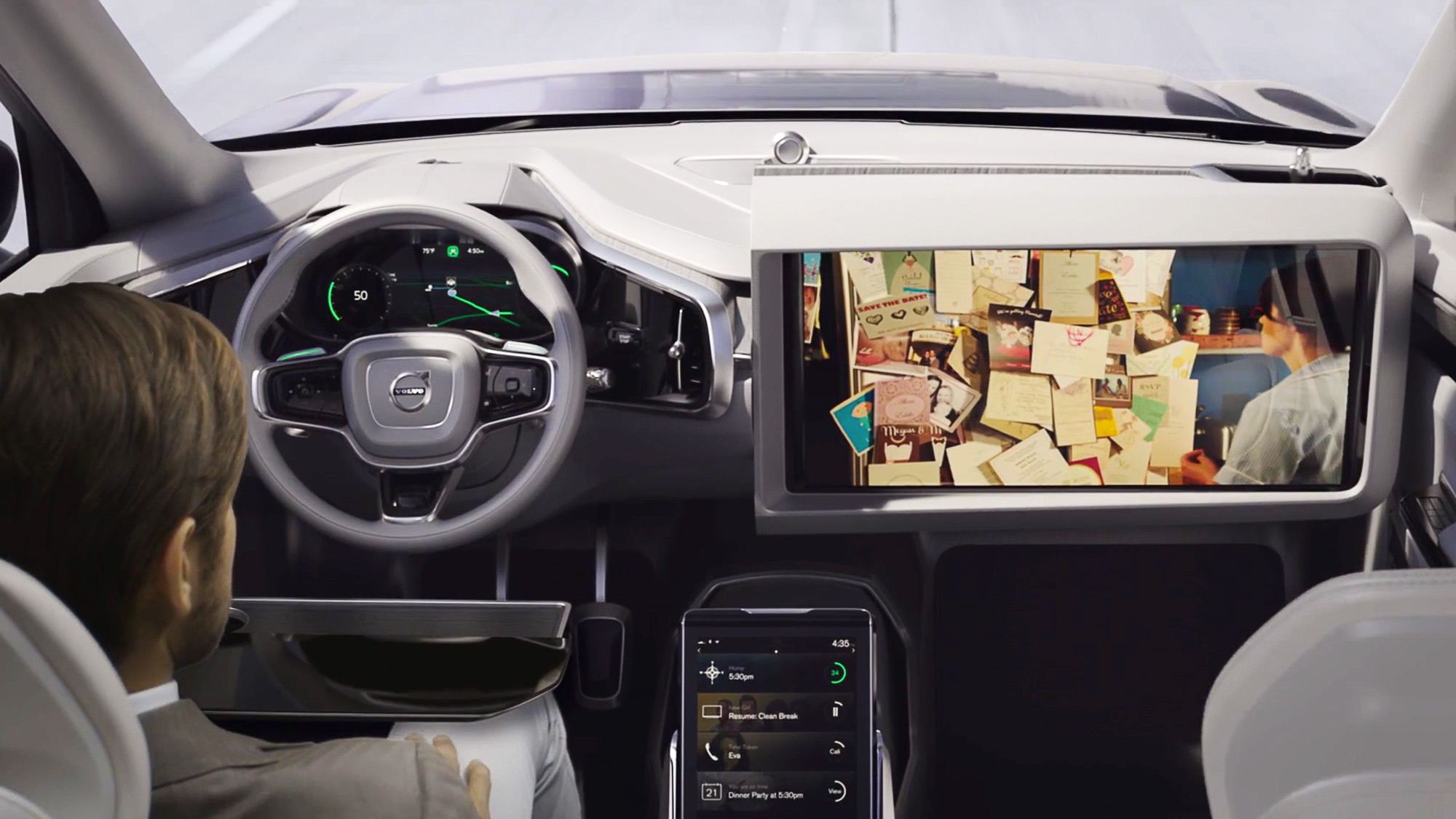Data keeping autonomous vehicles off Europe’s roads
Hidden bottleneck keeping autonomous vehicles off roads

Across Europe, more and more governments are giving the green light to autonomous vehicles (AVs) on roads, with the UK and Germany the latest to enact legislation allowing cars with some degree of autonomy on public roads this year. But in many cases, it will still be several years before the dream of easily accessible level 4 or 5 autonomous vehicles becomes a reality for the average European. Why is it that the promise of autonomy always seems just out of reach?
Jeff Fochtman is Senior Vice President of Business and Marketing at Seagate Technology.
One of the biggest potential stumbling blocks? Data. Every AV has dozens of sensors and cameras built in to help it operate correctly, and each one of them produces a vast amount of data. Up until recently, the technology we’ve had available to manage all this data hasn’t been up to scratch.
This problem is at its greatest with research AVs: the cars used to develop and test the technologies that will eventually end up in consumer vehicles. Research vehicles feature dozens of sensors, all of which produce large amounts of data in different formats which needs to be recorded, processed, and transferred across a network to where it needs to be analyzed to improve the overall AV operating system. According to Seagate’s Mass Data on the Go report, an average research vehicle produces up to a whopping 150TB of data per day, and this would itself take days to transfer over even an enterprise-grade connection. That’s the equivalent of 38,400 2-hour HD movies, or 30 million songs.
These speeds sound more like the days of 90s dial up internet connections, but that’s what the industry is having to deal with right now, and it’s a real blocker to progress. But there are new technologies out there that promise to make it much easier to get data on the move from A to B, supercharging the development of AVs in Europe.
The state of AV development in the United Kingdom
It’s fair to say that the arrival of AVs hasn’t been as fast as was predicted a few years ago by the tech giants, but there’s still promising signs of progress and innovation in the sector. Recent research from the academic journal on urban and rural design, planning and mobility, Infrastructures, suggests that by 2050, half of all vehicles sold and 40% of all journeys could be made using autonomous driving.
Jaguar Land Rover is one big incumbent company making waves in the UK and Ireland, investing significantly in AV research and development, and supporting a future mobility campus in Ireland which will serve as a testbed of transport innovation for the region.
On the other end of the scale, there is a vibrant start up community in the UK dedicated to AV technologies, with businesses like Oxbotica, Zenzic and Wayve promising next gen autonomous mobility tailor-made for the UK with its unique geography and narrow, winding roads. This is all underpinned by generous support from the government, which earlier this year enacted legislation to effectively allow level two AVs (cars with a hands-free autopilot function) onto UK roads this year.
Are you a pro? Subscribe to our newsletter
Sign up to the TechRadar Pro newsletter to get all the top news, opinion, features and guidance your business needs to succeed!
But there’s a catch – getting from here to level four or five AV technology is a real step up that will take much more research and innovation to achieve. And it’s at the R&D level of AV development that data volume and transport becomes a real roadblock to progress.
Data: hitting the brakes on AV development
Beyond the vehicles themselves, there are a whole host of technologies needed to work together in harmony for AVs to become a reality. These include IoT technologies such as smart road signs, a widespread e-charging network, AI-powered automated traffic management, video systems for monitoring hazards, and more.
All these technologies need a wider network to function, which only works if data is able to move across it quickly. Data needs to move from these ‘endpoints’ – the cars, video cameras and charging points – to the core of the network, where it can be read and the valuable information acted upon. The problem is that even with the fastest 5G connections, some of these end points are simply producing too much data to transfer over existing network speeds.
The road ahead
Many companies in the industry are returning to physical data storage and transport as a way of getting around this network bandwidth problem. A research vehicle can record all the data from its cameras and LIDAR sensors to a specialized drive in the boot of the car. Once the car is done for the day, the drive can be easily detached and then moved to where it needs to go next, such as the company’s private cloud server site, or a storage-as-a-service cloud provider for data backup.
It sounds counterintuitive, but moving the data in the offline, ‘real world’ like this is much faster than relying on existing networks, and holds the potential to unlock much faster development cycles for AV development by facilitating easier data analysis.
Even with this new approach to data transport and management, the road to level 5 autonomy won’t be easy. There are many challenges ahead, such as ensuring the security of personal data associated with consumer facing AVs, and making sure the physical infrastructure such as charging points are there to support widespread electric vehicles. In Europe, having a clear grasp of exactly where your data is stored and used is also hugely important for GDPR compliance.
AVs will eventually arrive on our roads and in our garages. Whether this happens in five years or fifty depends on many factors, and data infrastructure is a critical and underappreciated one. Data is the lifeblood of AV development, and without an effective way of storing it, transporting it, and analyzing it, AVs will stay stuck in the slow lane for decades to come.
Jeff Fochtman, Senior Vice President of Marketing and Business at Seagate. He is responsible for initiatives ranging from brand positioning to revenue planning for all Seagate devices. Jeff was instrumental in creating Seagate value and leads strategic growth efforts in cloud and peripheral storage solutions. Prior to joining Seagate, Jeff held senior marketing positions at Hitachi and Cloud Engines, a cloud software start-up.
